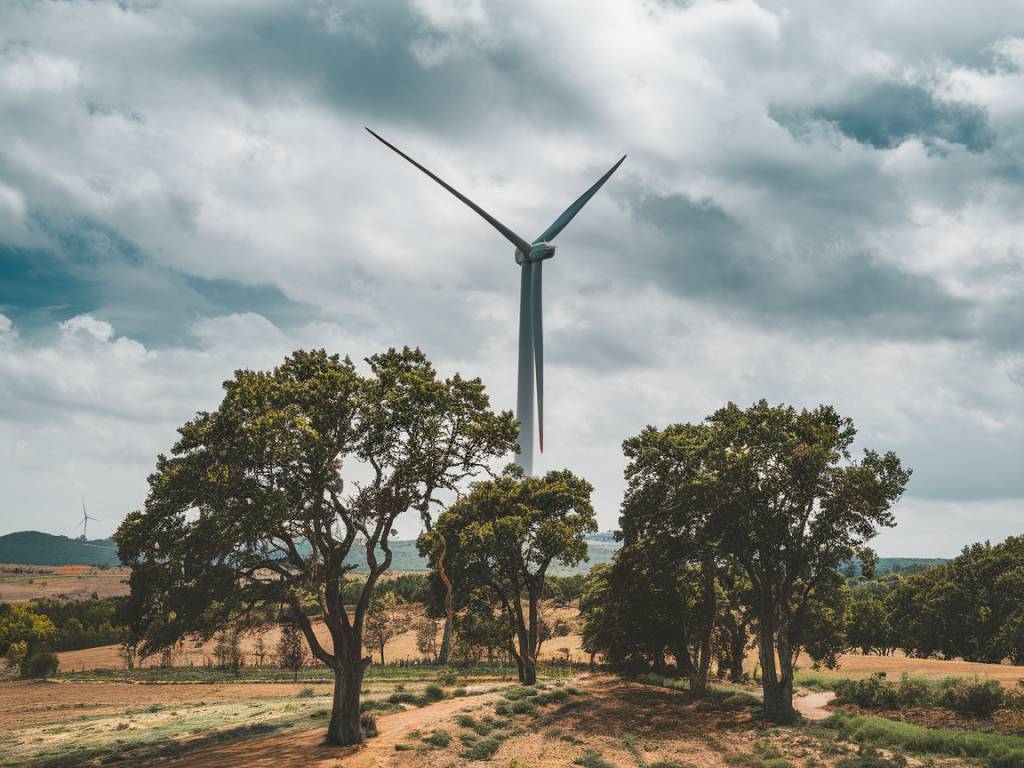Renewable energy solutions have emerged as a beacon of hope in our global quest to reduce carbon emissions and mitigate climate change. But have we paused to consider how these innovations are reshaping our ecosystems? In an era where ecological balance is as critical as technological advancement, it’s essential to examine the interplay between renewable energies and the ecosystems they influence.
The Promise of Clean Energy
What makes renewable energy so appealing? At first glance, the answer seems straightforward—it’s clean, sustainable, and abundant. Wind, solar, and hydropower appear to be the ultimate solution to our pollution woes. But like any large-scale technological deployment, these solutions come with their own set of ecological interactions.
Wind Farms: A Friend and a Foe
Consider wind farms, those majestic turbines that capture the kinetic power of the wind. While they significantly reduce reliance on fossil fuels, their impact on wildlife, particularly birds and bats, cannot be ignored. A study conducted in the United States found that approximately 140,000 to 328,000 birds are killed annually by wind turbines. This raises the question: Can innovation find a balance?
Efforts are underway to minimize such impacts. For example, some companies are experimenting with radar technology to detect birds and temporarily halt turbine blades, a promising step towards coexistence. Could this be an example of technology outsmarting its own intrusions?
Solar Panels: Harnessing Sunlight with Consideration
Solar power is another formidable player in the renewable energy sector. While it can dramatically reduce carbon footprints, the land use for large-scale solar farms has raised ecological concerns. Transforming wide stretches of land for solar arrays can lead to habitat loss for local flora and fauna.
However, innovative solutions are emerging, such as solar panels installed over water bodies to reduce evaporation—a double ecological service. Moreover, agrivoltaics, which combines agriculture and solar energy, offers a promising approach to maintain biodiversity while optimizing land use. Isn’t it fascinating how a tweak in approach alters ecological dynamics?
Hydroelectric Power: Balancing Energy and Aquatic Life
Hydropower has historically been a significant renewable resource, yet its ecological cost has come into question. Dams can disrupt local ecosystems, blocking fish migration routes, altering water temperatures, and affecting riverine habitats.
To counter such issues, fish-friendly turbine designs and fish ladders are being developed. Additionally, the idea of ‘small hydropower,’ where smaller installations harness energy without significant ecosystem disruption, is gaining traction. The quest for sustainable hydropower exemplifies the delicate balance between energy needs and environmental stewardship.
Geothermal Energy: Earth’s Quiet Contributor
Often overlooked, geothermal energy taps into the Earth’s internal heat. Its impact on ecosystems is relatively minimal compared to other renewable solutions. However, potential land subsidence, changes in groundwater chemistry, and emissions of trace gases can occur.
Yet, with proper site assessments and technological advances, these risks can be managed. Geothermal energy presents an interesting paradox—being both a literal and metaphorical undercurrent of our renewable journey. Is it the unsung hero of the renewable family?
Towards a Harmonious Energy Future
Renewable energy solutions are at the forefront of our battle against climate change, but their impact on ecosystems must be carefully considered and managed. Collaboration across scientific and technological fields promises innovative solutions that align energy needs with ecological preservation.
As we continue to develop and implement renewable technologies, it’s crucial to integrate ecological research into design and deployment strategies. After all, isn’t true sustainability about striving for a balance between our demands and the Earth’s natural rhythms?
In our quest for a cleaner future, we must remain reflection warriors—constantly assessing and adjusting our approaches to ensure that renewable energy solutions enhance rather than hinder our precious ecosystems. Engaging in thoughtful discussions and actions can pave the way for a truly sustainable future, where energy and ecology walk hand in hand.

